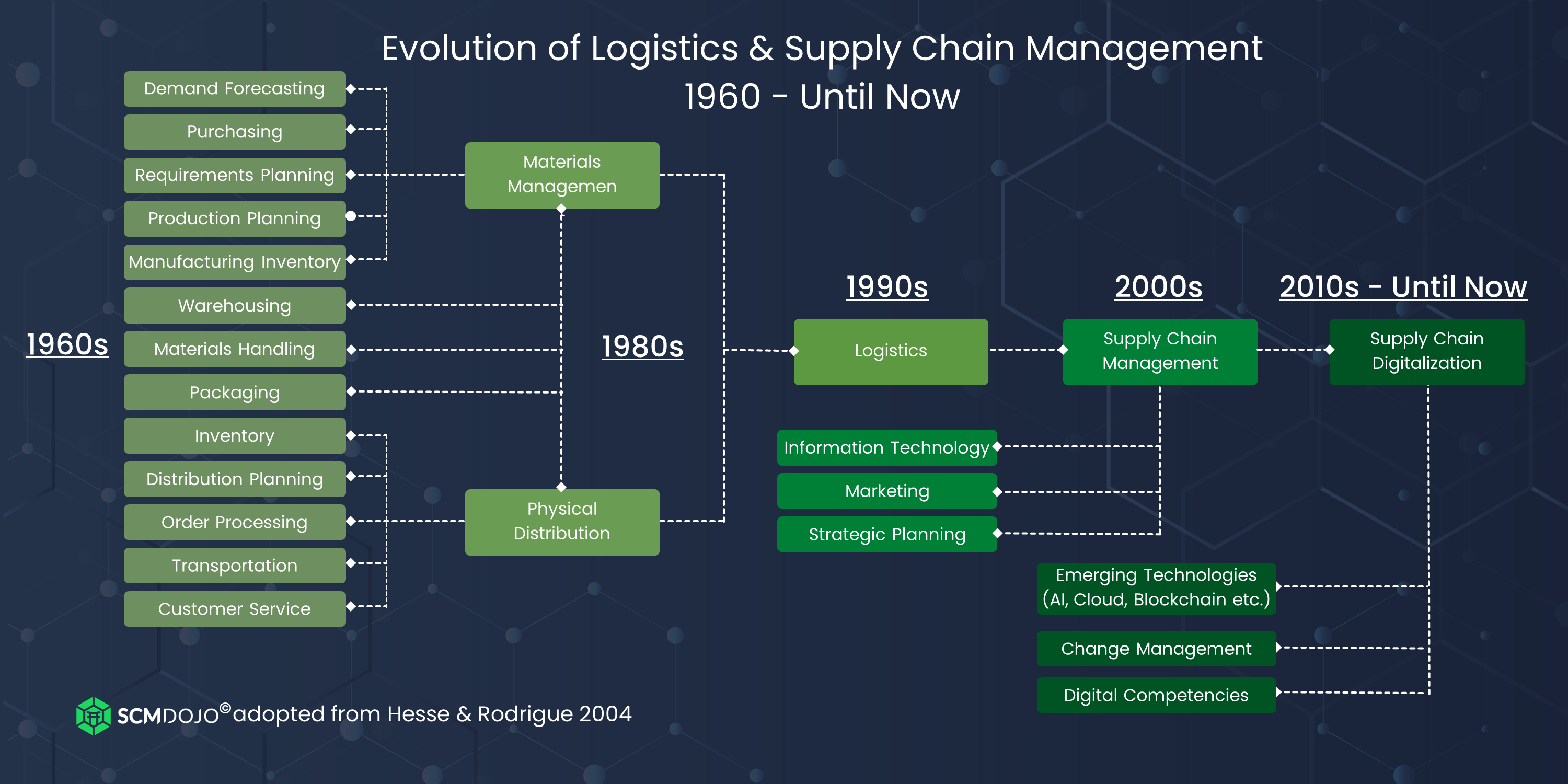Navigating the Digital Revolution
In the fast-paced world of supply chain management, the digital revolution has completely transformed the way businesses operate. Gone are the days of manual processes and paper trails – today, everything is done digitally, from ordering and tracking inventory to managing deliveries and analyzing data. This shift towards digitalization has brought about a whole new set of challenges and opportunities for supply chain professionals.
One of the biggest changes brought about by the digital revolution is the way information is shared and accessed. Gone are the days of waiting for faxes or emails to come in – now, real-time information is available at the touch of a button. This has allowed for greater visibility and transparency across the entire supply chain, enabling companies to make faster and more informed decisions.
Another key aspect of the digital revolution in supply chain management is the rise of automation and artificial intelligence. From autonomous vehicles for deliveries to predictive analytics for demand forecasting, technology is now being used to streamline processes and improve efficiency. This has not only reduced costs for businesses but has also improved customer satisfaction by ensuring faster and more reliable deliveries.
In addition to automation, the digital revolution has also brought about the rise of e-commerce and omni-channel distribution. With more and more consumers shopping online, companies have had to adapt their supply chains to meet the demands of this new digital landscape. This has meant rethinking everything from warehouse layouts to delivery routes in order to meet the needs of online shoppers.

Image Source: scmdojo.com
One of the biggest challenges that companies face in navigating the digital revolution is the sheer volume of data that is now available. With so much information being generated every day, it can be difficult to make sense of it all and extract meaningful insights. This is where analytics and data visualization tools come in, helping companies to make sense of all this data and use it to make strategic decisions.
Despite the challenges, the digital revolution has brought about a whole host of opportunities for supply chain professionals. From increased efficiency and cost savings to improved customer satisfaction and competitive advantage, there are countless benefits to be gained from embracing digitalization in the supply chain.
Overall, the digital revolution has completely transformed the way supply chains operate, bringing about a whole new set of challenges and opportunities for businesses. By embracing technology and innovation, companies can navigate this new digital landscape and stay ahead of the curve in the ever-evolving world of supply chain management.
Transforming Supply Chains for Success
In today’s fast-paced and ever-changing business landscape, supply chain management has become a crucial aspect of success for companies across the globe. With the rapid advancement of technology and the rise of digitalization, the traditional methods of managing supply chains are no longer sufficient. In order to stay competitive and meet the demands of modern consumers, businesses must adapt and transform their supply chains for success in the digital age.
One of the key ways in which supply chains are being transformed is through the use of data analytics and artificial intelligence. By harnessing the power of big data and machine learning algorithms, companies are able to gain valuable insights into their operations, identify inefficiencies, and make data-driven decisions to optimize their supply chains. This not only improves overall efficiency and reduces costs but also enables companies to better predict demand and react quickly to changes in the market.
Another important aspect of transforming supply chains for success is the integration of Internet of Things (IoT) devices and sensors. By connecting various devices and equipment throughout the supply chain, companies can gather real-time data on everything from inventory levels to transportation routes. This level of visibility and transparency allows for better tracking of products, improved inventory management, and enhanced collaboration between different stakeholders in the supply chain.
Furthermore, cloud computing has revolutionized the way supply chains are managed. By storing data and applications in the cloud, companies are able to access information from anywhere at any time, enabling seamless communication and collaboration between different departments and partners. This not only streamlines processes but also improves overall agility and flexibility in responding to changing market conditions.
In addition to technology, the human element is also vital in transforming supply chains for success. As supply chains become more complex and interconnected, the need for skilled professionals who can navigate this digital landscape becomes increasingly important. From data analysts to supply chain strategists, companies must invest in talent that can drive innovation and lead the transformation of their supply chains.
Moreover, collaboration and partnerships play a key role in the success of modern supply chains. In today’s interconnected world, companies cannot operate in isolation – they must work closely with suppliers, manufacturers, distributors, and other partners to ensure a seamless flow of goods and information. By building strong relationships and fostering collaboration, companies can create a more agile and responsive supply chain that can adapt to changing market dynamics.
Overall, the transformation of supply chains for success in the digital age requires a combination of technology, talent, and collaboration. By leveraging data analytics, artificial intelligence, IoT, cloud computing, and human expertise, companies can optimize their supply chains, improve efficiency, and meet the evolving needs of customers. With the right strategies and investments, businesses can stay ahead of the curve and thrive in the rapidly changing landscape of supply chain management.
The Evolution of Supply Chain Strategies in the E-Commerce Era